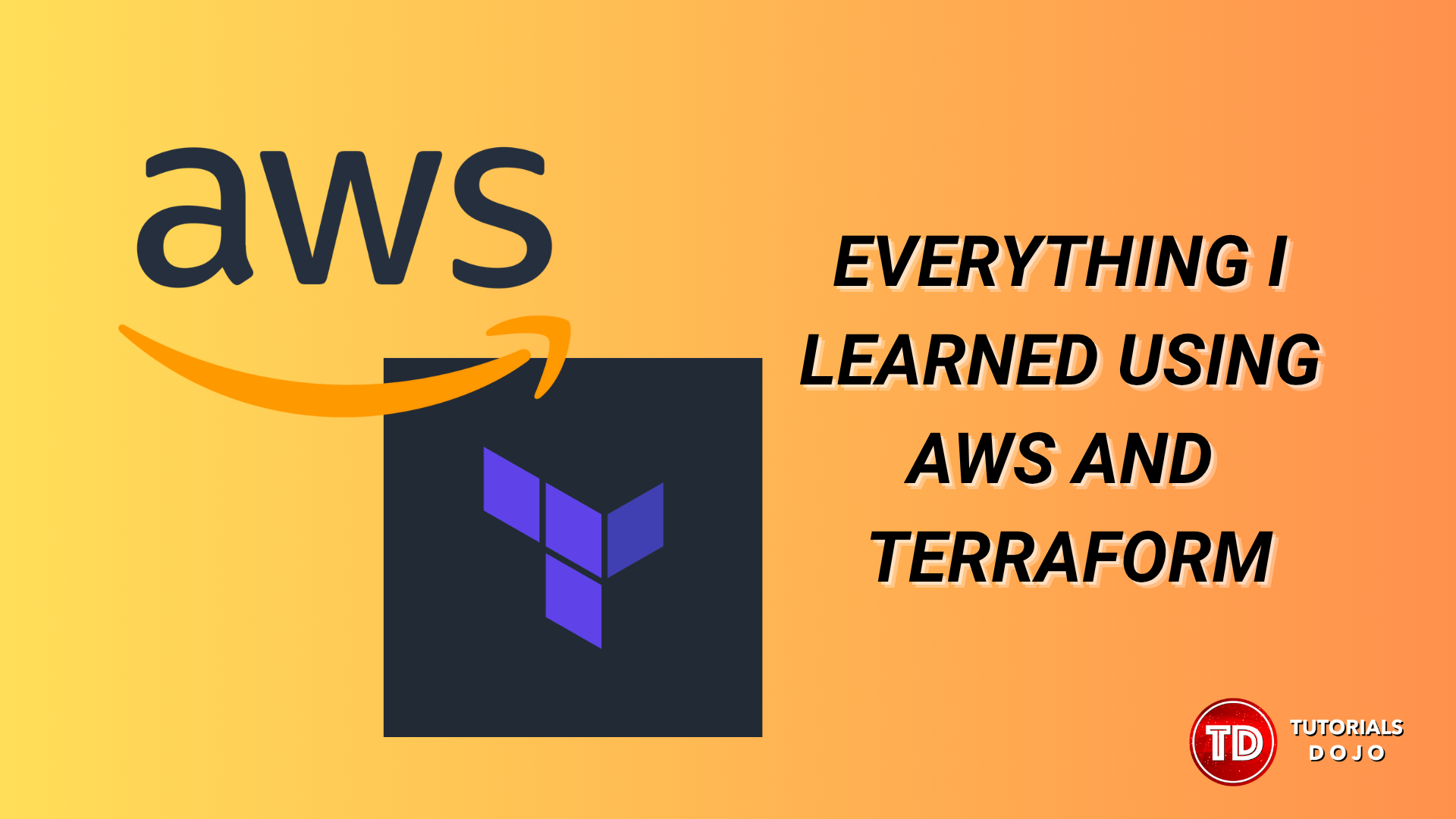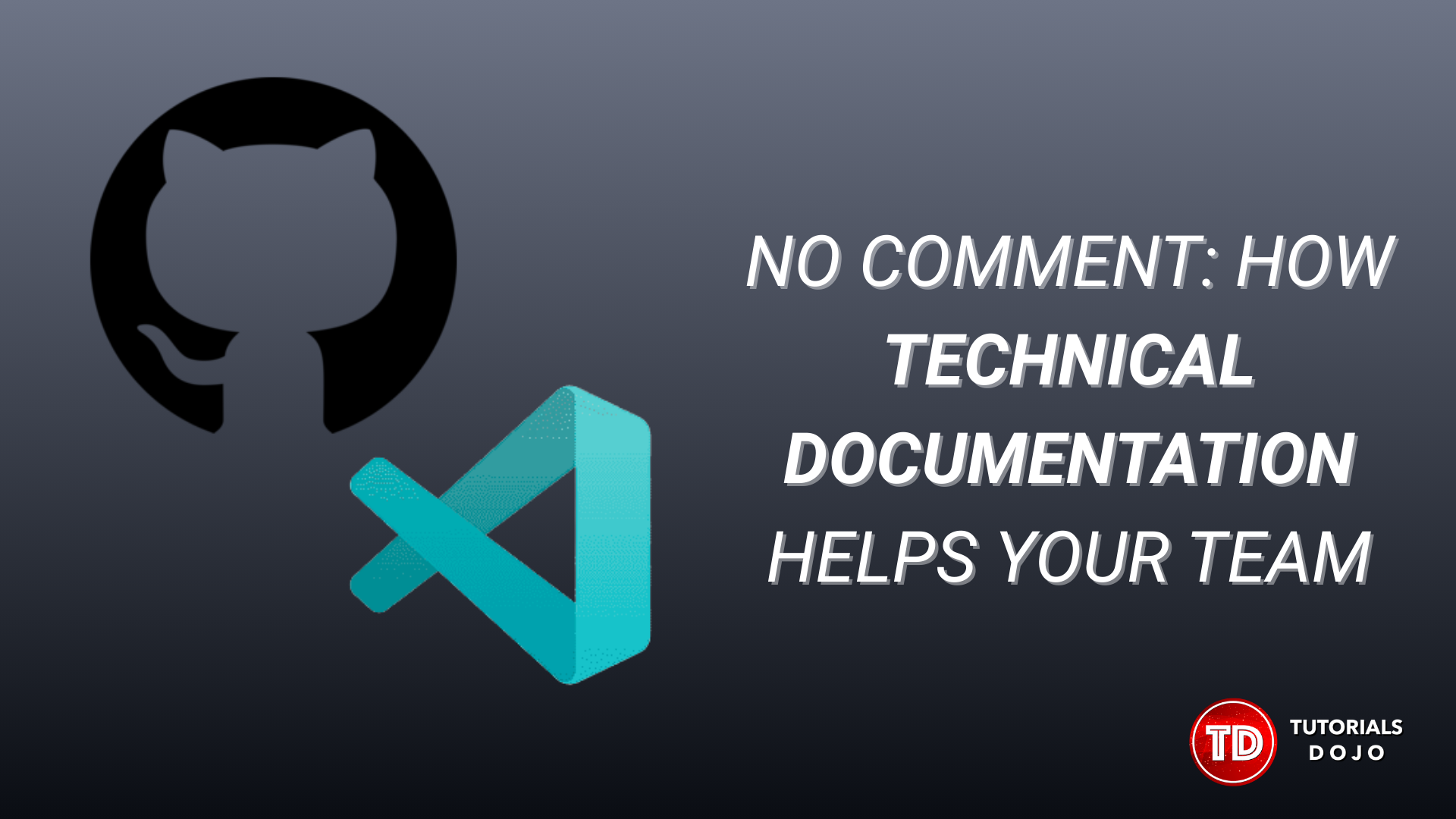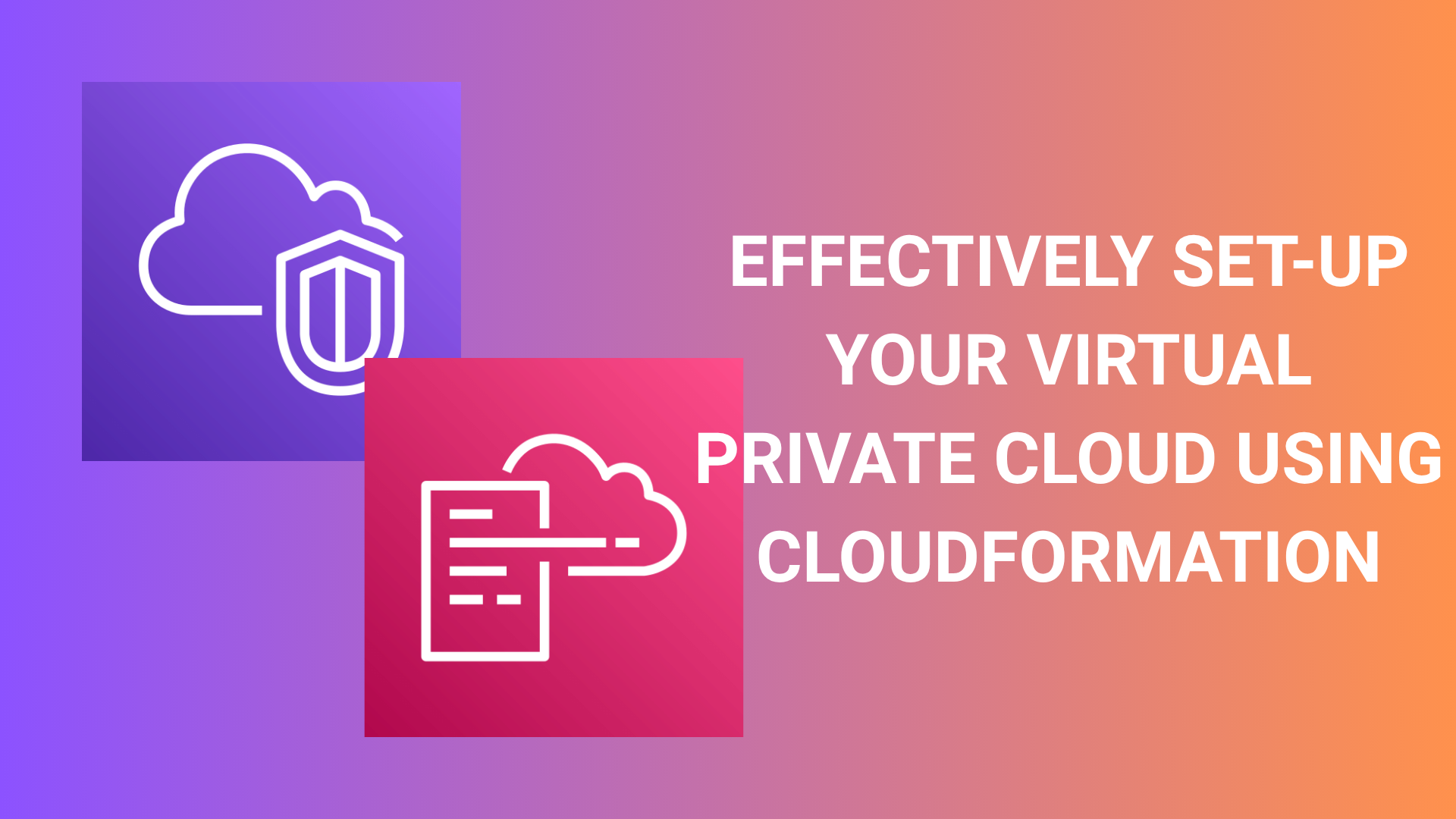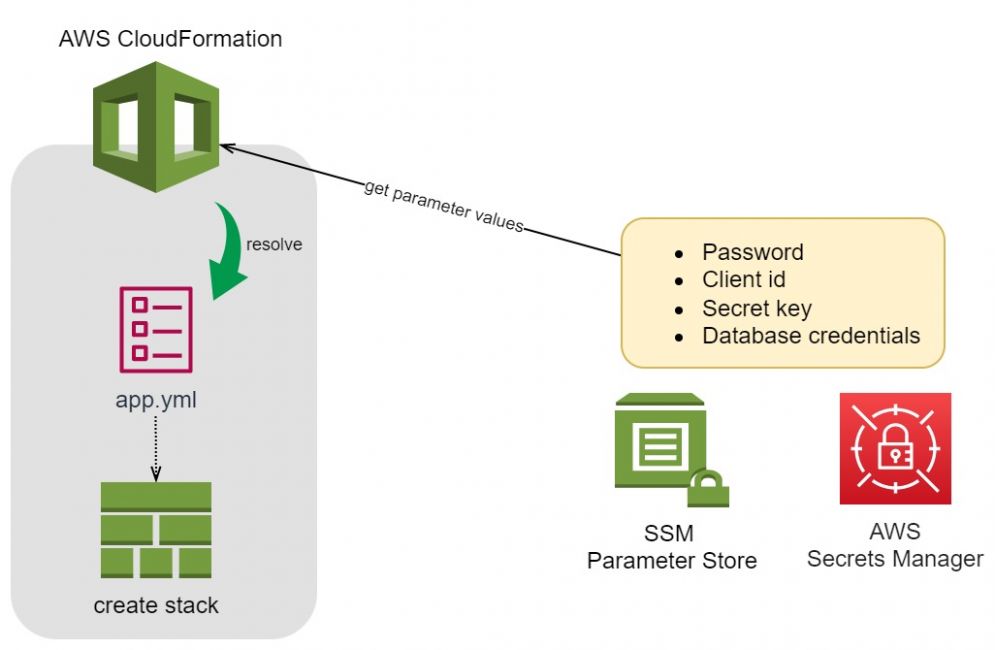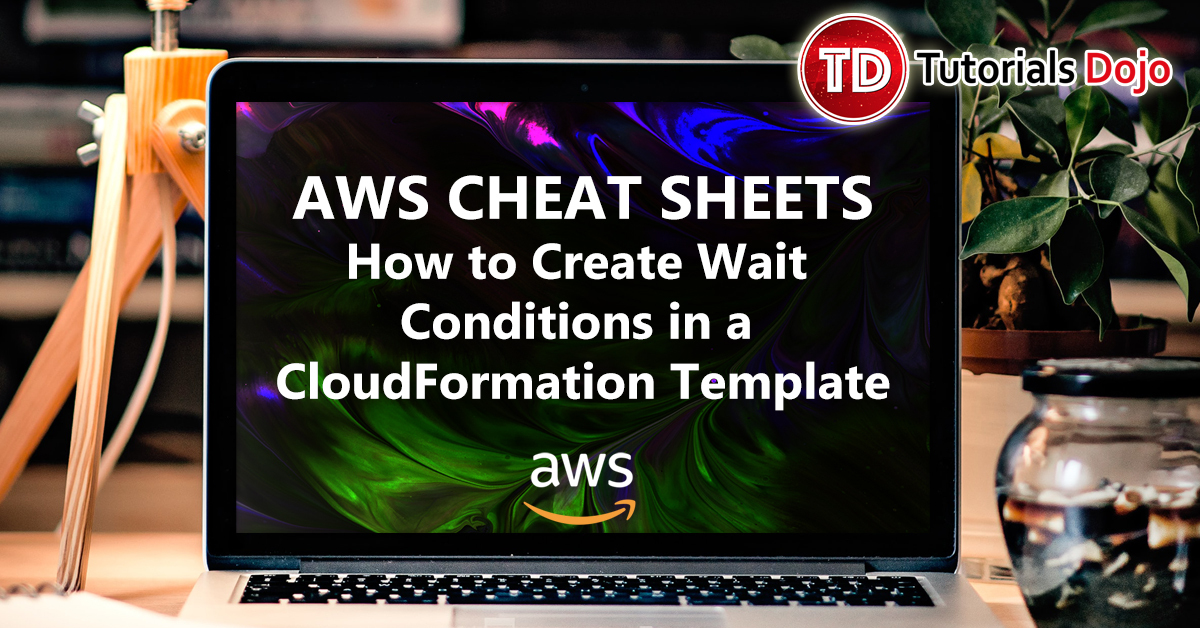Everything I learned using AWS and Terraform
Marc Hendri Soquiat2025-10-03T13:22:32+00:00In this article, I will walk you through what I have learned while developing a system in AWS using Terraform. For context, I created this project as a requirement for my previous internship. I will provide the GitHub repository for the requirements, architecture, and execution steps. This project implements a highly scalable and available web application adhering to the best practices regarding availability, scalability, and reliability. I have developed this project for nearly four weeks, enhancing my skills in Cloud, Infrastructure as code, and engineering altogether, and here are some of the lessons I have learned and applied during the [...]

